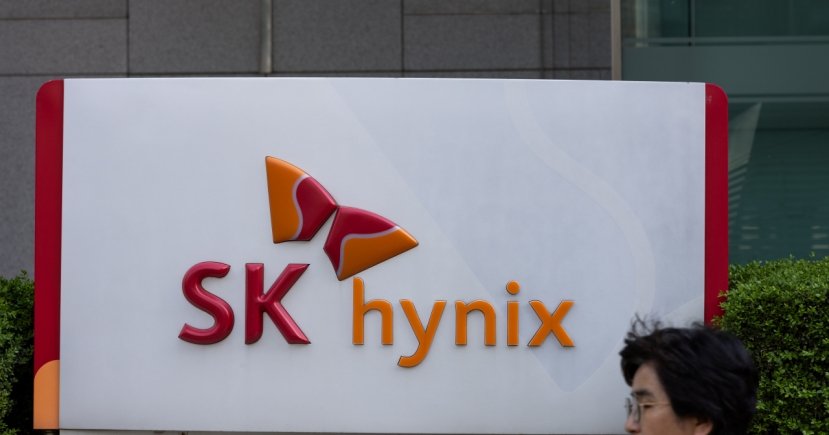Economy
Seoul scrambles to prepare own military scheme against North Korea
[THE INVESTOR] South Korea is scrambling to beef up its military response to North Korea’s fast-advancing weapons program, following its sixth nuclear test and ballistic missiles launches. One of the measures involve a special brigade tasked with neutralizing North Korea’s wartime command-and-control system by eliminating the regime’s leadership including Kim Jong-un.
The unit, set to launch on Dec. 1, is expected to work alongside US special warfare units, such as SEAL Team Six, also known as DEVGRU, which engaged in the mission to kill Osama Bin Laden.
 |
“We are in the process of conceptualizing the plan,” said Defense Minister Song Young-moo on Monday, responding to lawmakers’ questions on whether the military could conduct a “decapitation strike” against North Korea’s leadership. “I believe we can create the unit by Dec. 1 and have it become operational.”
The decapitation strike is a part of the Korea Massive Punishment and Retaliation scheme, a military campaign designed to take out Pyongyang’s leadership with ballistic and cruise missiles in the event of an imminent nuclear attack.
South Korea is also moving to boost conventional military firepower to a level capable of hitting North Korea’s missile and nuclear facilities and underground wartime commands.
Among them are South Korea and the US’ decision to scrap a warhead weight limit on South Korea’s conventional ballistic missiles, such as the 800-kilometer range Hyunmoo-2c that puts almost the entire North Korean territory in its range.
“It is crucial to come up with powerful and practical measures that can make North Korea realize (its impact),” South Korea’s President Moon Jae-in was quoted as saying by Cheong Wa Dae during a telephone conversation with his US counterpart Donald Trump on Sept. 4.
The measure allows South Korea to arm its ground-to-ground ballistic missiles with warheads whose payload is considered to be powerful enough to take out the North Korean leader’s wartime command.
Under the missile guideline revised in 2012, South Korea is able to field a ballistic missile with a range of 800 kilometers capable of hitting the entire North Korean territory, but its effectiveness has been questioned because Seoul is banned from carrying warheads weighing more than 500 kilograms.
The Moon-Trump agreement is expected to accelerate South Korea’s efforts to develop more powerful ballistic missiles than the ones employed by the US military, such as the Bunker Buster Bomb, Seoul’s military analysts said.
“The measure would dramatically boost South Korea’s retaliation capability against North Korea,” Kwon Yong-soo, a professor at Korea National Defense University. “With 1-ton warhead ballistic missile, South Korea could target almost all of North Korea underground facilities.”
First stipulated in 1979 to contain a regional arms race, the missile guidelines have been revised only twice, in 2001 and 2012. South Korea had been seeking to double the warheads’ payload since North Korea fired an intercontinental ballistic missile in July.
By Yeo Jun-suk/The Korea Herald (jasonyeo@heraldcorp.com)








